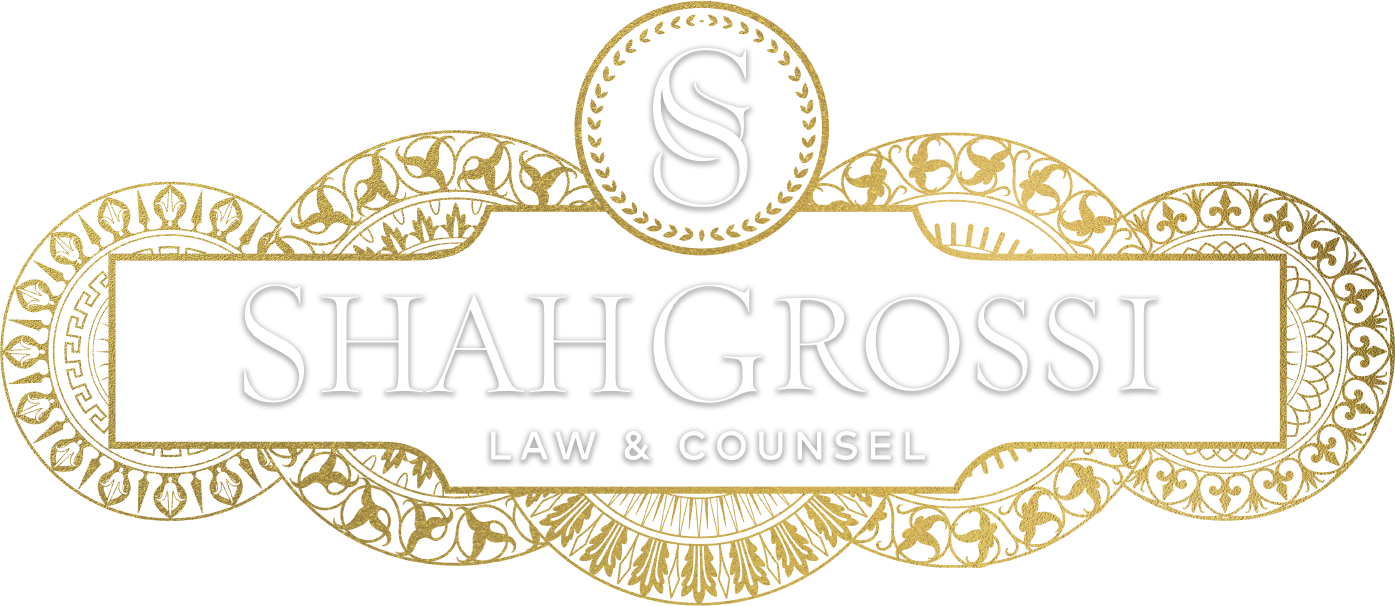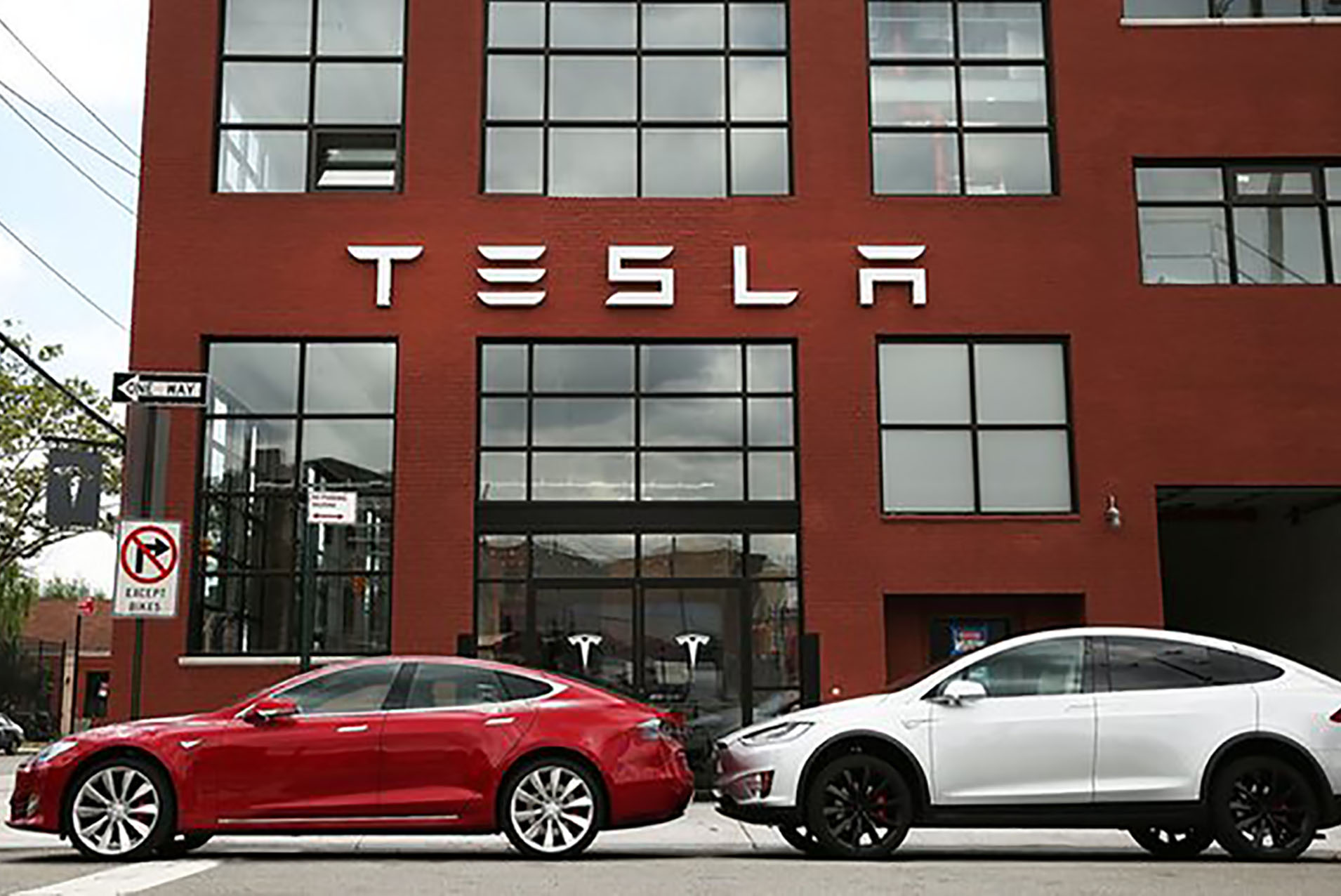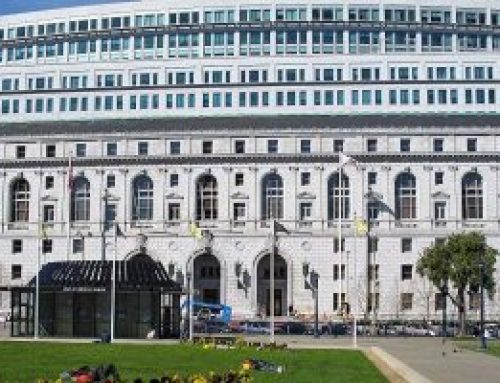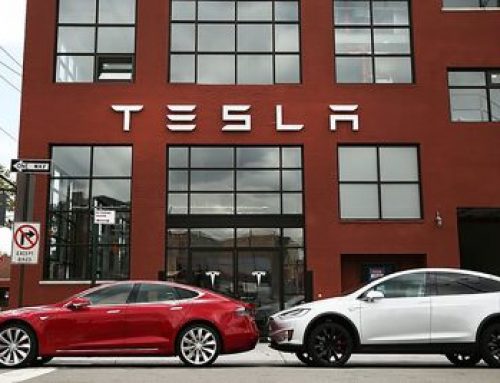A Tesla Model S was traveling on a U.S. highway in autopilot mode when it caused a fatal collision. Tesla’s Autopilot software controls the acceleration, steering and braking and allows drivers to take their hands off the steering wheel in certain circumstances.
It is alleged that a tractor pulling a trailer drove across the highway perpendicular to the car, and neither the vehicle’s autopilot nor the driver noticed the trailer against a brightly lit sky. The vehicle failed to brake. It is also alleged that the driver did not have his hands on the wheel at the time of the collision.
Regulators in the US are investigating the role that driverless technology played in the accident and this may set back the ambitious plans of many technology and automobile companies.
Tesla has responded, stating this is the first fatality in 130 million miles of autopilot use, compared to a U.S. fatality rate of one per 94 million vehicle miles travelled in a regular car. In contrast, Google’s autonomous cars have driven 1.6 million miles and have been involved in only minor incidents.
Risks and liability – the road ahead
This fatality and driverless car collisions in general will raise significant questions in respect of fault and apportionment of liability. Did the trailer’s driver make a dangerous turn across oncoming traffic? Is the driver or the product at fault, or the trailer driver? Will it be possible to determine, when or whether, the driver of the driverless car took back control of the vehicle, if at all? Was he was speeding, or distracted?
One future possibility is that motor insurers may settle claims and then seek indemnity from the manufacturer, or apportionment for liability from other drivers. Without a definitive compulsory insurance system in place, lawyers are likely to pursue claims against many different entities, resulting in increased legal costs and protracted litigation. A streamlined process, external to the current court procedures, may be required.
There has already been a plethora of litigation brought in the US in respect of failed cruise control and automatic braking systems. Interestingly, Volvo recently announced that they will accept liability for their driverless cars when in autonomous mode.
Coverage
A more complex network of cover may create a more complex claims resolution process.
Coverage disputes in the motor market may become prevalent. Current policy wordings may need revisiting to ensure that policies respond as expected by the insureds. Additionally, these developing risks may need to be insured elsewhere.
Insurers would also be subject to large scale aggregation risk as a result of a systemic failure affecting multiple vehicles. Additional reinsurance activity may therefore be seen in the motor market.
The driverless policy has additional features to a standard motor policy. It covers loss or damage in case of:
- Failure to install vehicle software updates and security patches, (subject to an increased policy excess);
- Satellite failure or outages affecting navigation systems, or failure of the manufacturer’s vehicle operating system or other authorised software;
- Loss or damage caused by a failure to manually override the system to prevent an accident should the system fail; and
- Loss or damage if the car gets hacked.
Regulation
Many automakers, as well as Tesla’s CEO, Elon Musk, contend that the regulations and laws for self-driving cars will move more slowly than the technology will.
However, despite some bold public statements, this fatality is confirmation that full vehicle automation will be the road less travelled for several years yet, perhaps allowing regulators sufficient time to catch up.
Vehicle safety testers, Thatcham Research, previously estimated that fully autonomous cars would be available to buy by 2025. Volvo does not plan to launch its driverless vehicles before 2020. However, this fatality may change things; with many commentators suggesting that significantly more testing is required to ensure appropriate safety precautions are in place.
– Sapana Grossi








